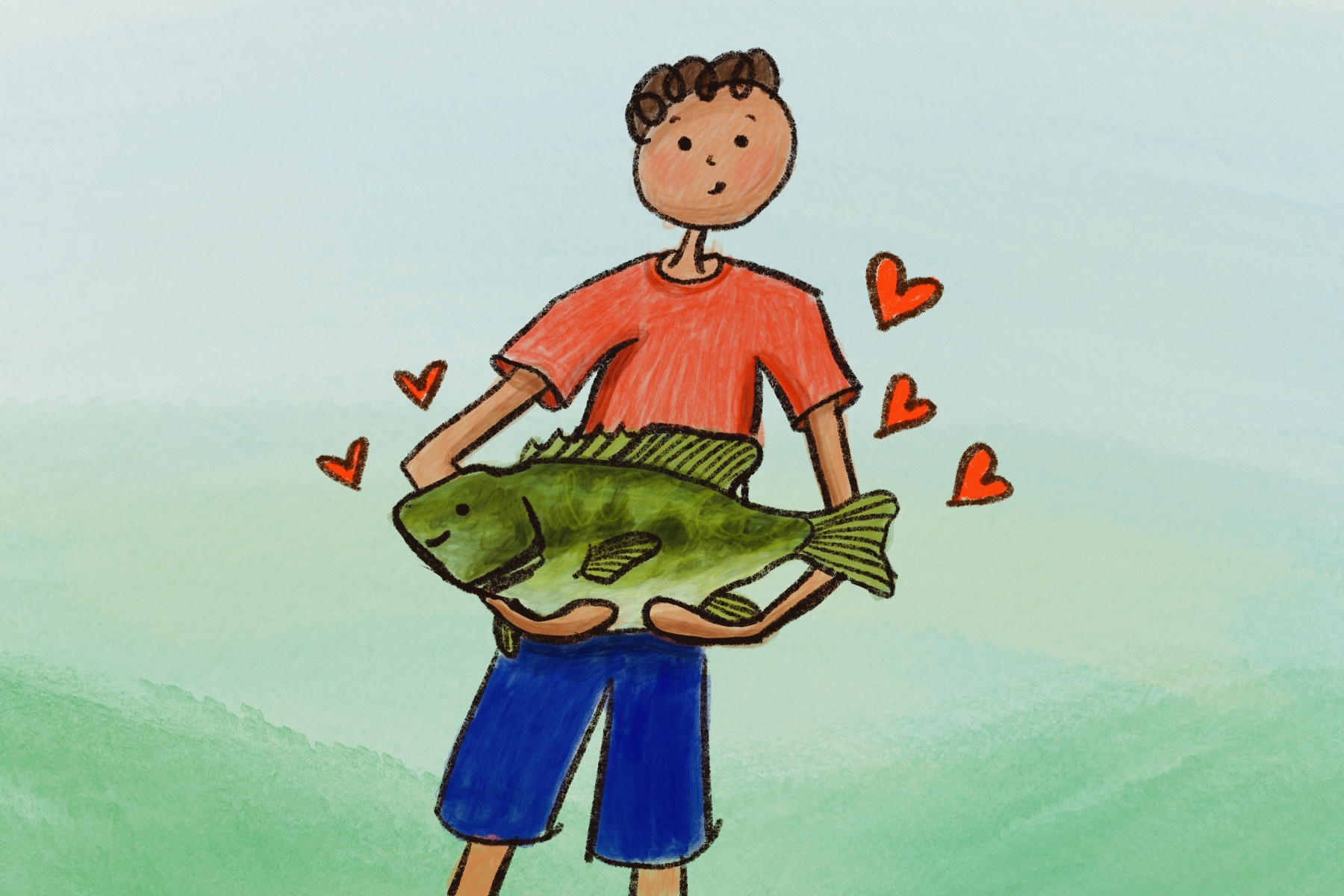
Water is Life
When you catch a fish, it’s vital to keep it submerged to reduce stress and harm. If you’re planning to take a photo, have your camera ready beforehand. Quickly lift the fish for a brief moment to snap your picture, then gently return it to the water. Keeping the fish out of water for the shortest possible time is key to its survival.
Support is Key
Never hold a fish by its mouth or allow it to dangle vertically. This can cause serious injury. Instead, support the fish horizontally, gently cradling its head and tail. This method avoids damage to its internal organs and spine, ensuring the fish remains calm and unharmed during the encounter.
Hook Removal 101
If a hook is stubborn, use a hook remover or pliers to carefully extract it. Should the hook be embedded deeply, the safest approach is to cut the line close to the mouth. This allows the fish to eventually rid itself of the hook naturally. Fish are resilient, but minimizing their distress and injury is crucial.
Give Them a Breather
There may be times when a fish appears weak and needs assistance. Hold it upright in the water, and gently move it back and forth to facilitate water flow through its gills. This action helps the fish breathe and regain its strength. Release it once it starts to resist and shows signs of vitality, indicating readiness to survive independently.
Spread the Word
It’s important to share sustainable fishing practices within your community. Educating fellow anglers on these techniques ensures the longevity and health of aquatic environments. Promoting these practices contributes to a thriving ecosystem, which will benefit current and future generations of anglers.
The practice of catch and release extends beyond merely returning a fish to the water; it’s about ensuring that the fish continues to thrive post-release. By adhering to these guidelines, you contribute to the conservation of the species and the sustainability of fishing habitats. This not only helps the fish populations but also maintains the natural balance of the ecosystem, allowing for continued enjoyment and ecological health.





